Sewer Cleaning: Essential Practices and Preventive Measures for Avoiding Clogged Sewers
Sewer systems are the unsung heroes of modern civilization, efficiently transporting wastewater away from homes, businesses, and communities. However, when sewer lines become clogged or blocked, it can lead to messy and costly problems. Regular sewer cleaning and preventive maintenance are essential to ensure the proper functioning of these vital infrastructure components. In this guide, we'll delve into the importance of sewer cleaning, effective cleaning methods, and strategies for preventing sewer blockages.
Understanding the Importance of Sewer Cleaning
Sewer lines play a critical role in transporting wastewater from residential, commercial, and industrial buildings to treatment facilities. Over time, these lines can become clogged with a variety of substances, including grease, hair, food particles, and foreign objects. When left unchecked, sewer blockages can lead to sewage backups, property damage, environmental pollution, and public health hazards. Regular sewer cleaning helps prevent these issues by keeping lines clear and ensuring the uninterrupted flow of wastewater.
Effective Sewer Cleaning Methods
1. Hydro-Jetting: Hydro-jetting is a powerful sewer cleaning technique that utilizes high-pressure water jets to blast away debris and buildup from sewer lines. A specialized nozzle attached to a flexible hose delivers water at pressures of up to 4000 psi, effectively scouring the interior surfaces of pipes and dislodging stubborn blockages. Hydro-jetting is particularly effective for removing grease, sediment, tree roots, and other stubborn obstructions.
2. Mechanical Snaking: Mechanical snaking, or sewer augering, involves using a motorized drain snake to physically break up and remove blockages from sewer lines. The snake, equipped with a rotating auger or cutting head, is inserted into the sewer line and manipulated to navigate through the pipe and dislodge debris. Mechanical snaking is suitable for clearing smaller or less severe clogs, such as those caused by hair, soap scum, or food particles.
3. Chemical Treatment: Chemical treatments can be used to dissolve organic matter and grease buildup in sewer lines, helping to restore flow and prevent future blockages. However, chemical treatments should be used sparingly and with caution, as they can be harsh on pipes and may pose environmental risks if not properly managed. It's essential to follow manufacturer instructions carefully and consider the potential impact on plumbing infrastructure and the surrounding environment.
4. Sewer Camera Inspection: Sewer camera inspection involves using a specialized camera mounted on a flexible rod to inspect the interior of sewer lines for blockages, damage, or other issues. By providing real-time video footage of the sewer line's condition, camera inspection allows technicians to accurately diagnose problems and determine the most appropriate course of action for cleaning and repairs. Sewer camera inspection is an invaluable tool for proactive maintenance and troubleshooting.
5. Professional Maintenance Programs: Many plumbing companies offer professional sewer maintenance programs that include regular cleaning, inspection, and preventive maintenance services. These programs typically involve scheduled visits from trained technicians who use specialized equipment and techniques to keep sewer lines clear and functioning optimally. Participating in a professional maintenance program can help homeowners and businesses avoid costly sewer repairs and minimize the risk of sewage backups.
Preventive Measures to Avoid Sewer Clogs
1. Dispose of Grease Properly: Avoid pouring cooking oil, grease, and fats down kitchen sinks, as these substances can solidify and accumulate in sewer lines, leading to blockages. Instead, allow grease to cool and solidify, then dispose of it in the trash.
2. Use Drain Screens: Install drain screens or strainers in sinks, showers, and tubs to catch hair, soap scum, and other debris before it enters the sewer system. Empty the screens regularly to prevent buildup and maintain proper drainage.
3. Dispose of Non-Flushable Items Responsibly: Avoid flushing non-flushable items such as wipes, paper towels, feminine hygiene products, and cotton swabs down toilets, as these can cause blockages in sewer lines. Dispose of these items in the trash instead.
4. Be Mindful of Landscaping: Tree roots are a common cause of sewer line damage and blockages. Be mindful of planting trees and shrubs near sewer lines, as roots can penetrate pipes and cause extensive damage over time. If you suspect tree roots are causing sewer problems, consult a professional plumber to assess the situation and recommend appropriate solutions.
5. Schedule Regular Maintenance: Establish a schedule for regular sewer cleaning and maintenance to keep sewer lines clear and prevent blockages. Professional plumbing companies can provide expert assistance and guidance in developing a maintenance plan tailored to your specific needs and budget.
Conclusion
Maintaining clean and clear sewer lines is essential for the proper functioning of wastewater disposal systems and the overall health and safety of communities. By implementing effective sewer cleaning methods and adopting preventive measures, homeowners, businesses, and municipalities can minimize the risk of sewer blockages and avoid costly repairs and cleanup efforts. Regular sewer cleaning not only helps prevent backups and environmental contamination but also extends the lifespan of sewer infrastructure, ensuring reliable and efficient wastewater transport for years to come.
